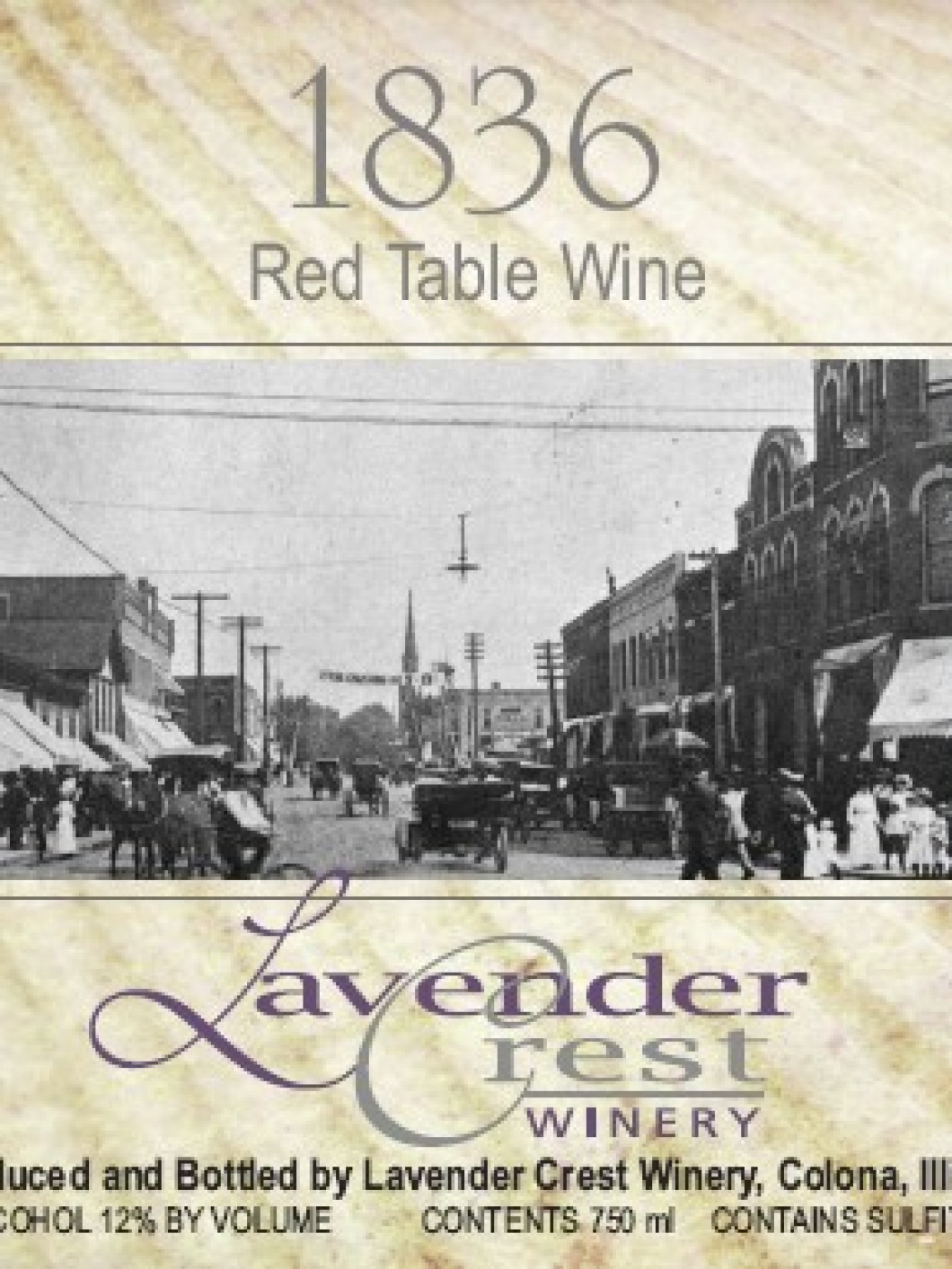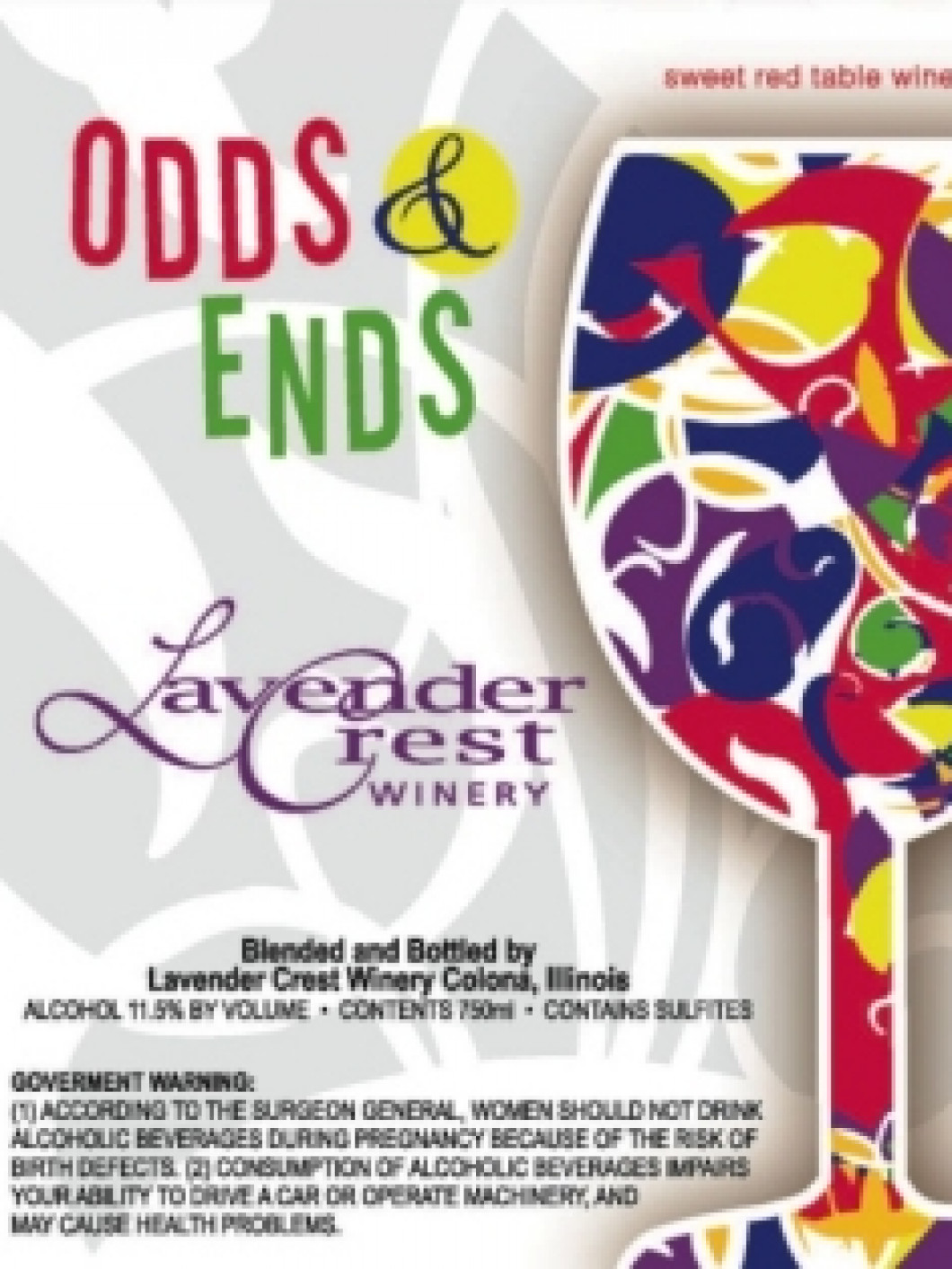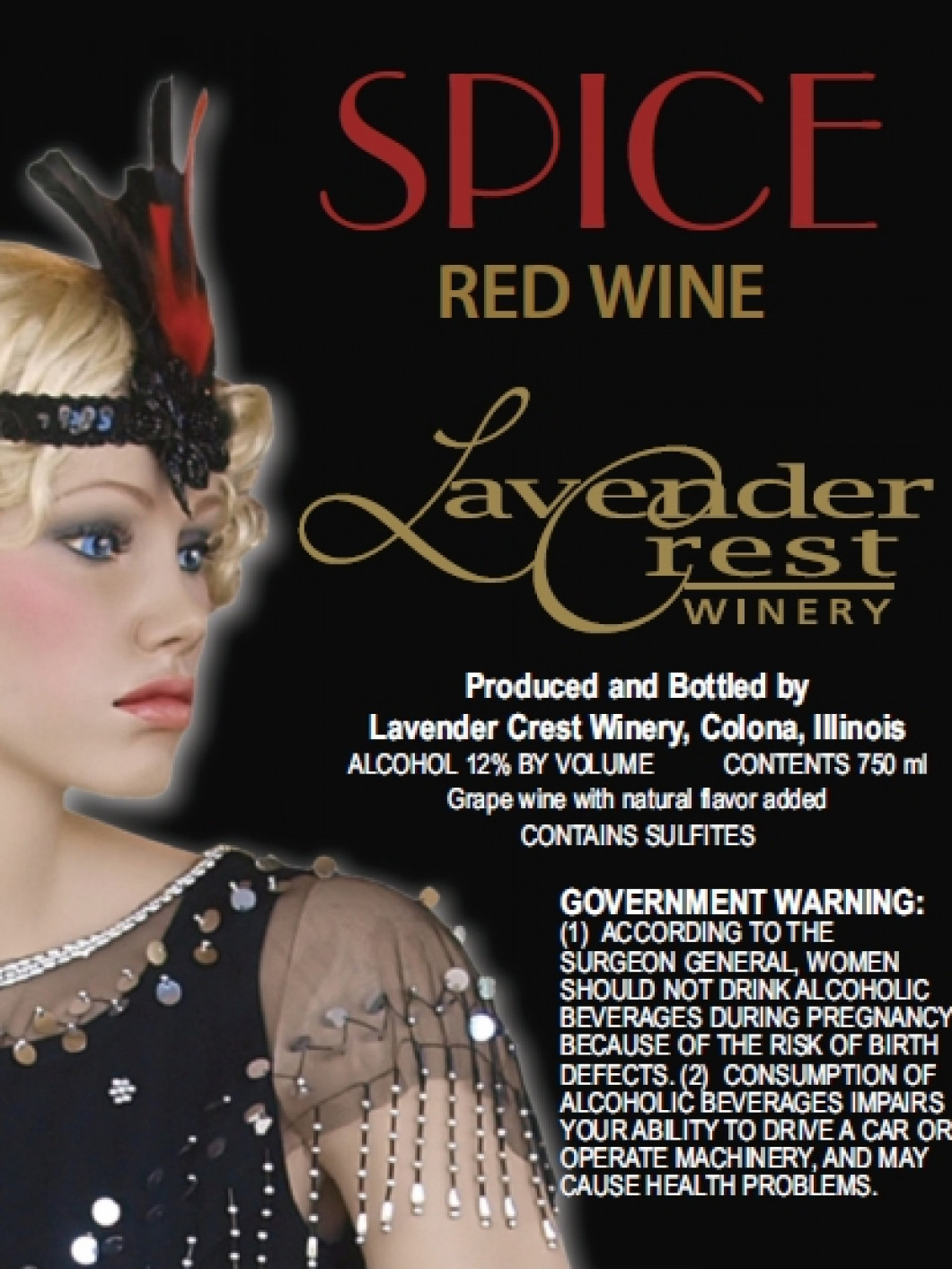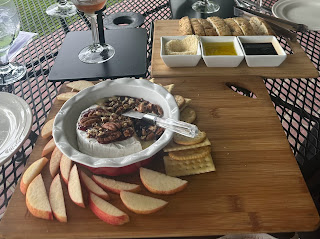Galena Cellars Family owned and operated Vineyards and Winery in historic Galena, Illinois
We
took a cross-country driving getaway road-trip for a week and pursued our interests in wine, Frank Lloyd Wright architecture sites, historic landmarks and
magnificent scenery. Our journey started in historic Galena, Illinois,
where we stayed in the 'Old Farmhouse' country house amidst the vineyards of Galena Cellar Winery and Vineyards.
Galena is known as the hometown of legendary civil war general Ulyses S Grant who went on to be President of the United States. US Grant is featured on two of the Galena Cellars flagship wines, a red and a white.
Sourced from their website, Galena Cellars has a long storied history in Midwest wines dating back to 1974 when Robert Lawlor took a class in home winemaking in Cedar Rapids, Iowa.
In 1976, Christine
Lawlor graduated with a Degree in Enology from Fresno State
University and opened Christina Wine Cellars in MacGregor, Iowa, producing 200 cases of Cherry
Wine.
In 1980, the Lawlors opened a second winery in an old Milwaukee freight depot in LaCrosse, Wisconsin.
Galena Cellars was born in 1985, when the Lawlors, during a trip
to purchase grapes, seized the opportunity to open a
third winery in Galena, Illinois. They called up Christine’s
brother, Scott, and his wife, Karan, to move to Galena to help with the
project. They restored an old historic 1840’s grainary building on Main Street in Galena.
Galena Cellars celebrated its first annual “Beaujolais Nouveau” Wine Celebration and was featured on the Today Show.
In 1990, they acquired the current farm vineyard site on North Ford Road, just
outside of town, and began growing experimental grapes. They moved the
wine production to the vineyard location.
The family decided to focus production in Galena and closed the McGregor
and LaCrosse locations.
Christine Lawlor-White was honored as
“Winemaker of the Year” by the Illinois Grape Growers and Vintners
Association. She went on to win this award again in 2008, and 2017.
Cousins
Eric and Sarah, Christine’s Son and Scott’s Daughter, pursue formal
education in winemaking at California Polytechnic State University and
Fresno State University, respectively. Upon graduation, they both embarked up
winemaking careers.
Scott, Karan, & Christine Lawlor retired
after the passing of their parents and Galena Cellar founders and first
generation winemakers, Robert & Joyce Lawlor. The third generation
was called on to return from California, Britt White returning to take on operations
of Galena Cellars, and Eric White to become Winemaker & President.
In 2019, Christine
Lawlor had the honor of presenting the “Winemaker of the Year” award by
the Illinois Grape Growers and Vintners Association to her son, Eric
White.
The
challenges to produce great Midwestern wines are numerous, starting
with finding the ideal terroir - sense of place - combination of
climate, terrain, soil, drainage - all the elements that manifest in the
grapes that make up the wine. When we lived in California, we missed
three notable things from the Midwest - steak, corn and tomatoes. All the
elements of Midwest climate and soil that provide ideal conditions for
corn and soybeans and such, are opposed to the environments and conditions best suited for vini vinifera - wine grapes , which are best served when starved and stressed in poor soil and arid
climate.
 |
Galena Cellars vineyard grapes
|
Another
element affecting Midwestern wines is the quest to find or craft the
ideal grape varietal to suit the specific terror of a location.
'Old
World' wine producers, in Italy and France, have been producing wines for
six, even seven centuries or more, while 'new world' wine regions such
as Central Coast and Northern California counties such as Napa and
Sonoma, Washington and Oregon Columbia Valleys, have been producing fine
wines for half a century.
The new world is still experimenting and fine
tuning the vineyard plantings to find the optimal grapes for each
site.
So
it is that the Midwest is a newcomer to the wine business and are still
in the early stages of finding or grafting and crafting the optimal
grapes for their environs and sites.
Although, this might be disputed as we learned and posted from our Missouri Wine Experience last year. Missouri
has a long history of viticulture and winemaking dating back almost two
centuries with some of the oldest wineries in the US, and some of the
historic largest wineries and highest producing wine areas in the US. As
early as 1850, there were nearly sixty wineries in the Hermann, Missouri area
producing more than 10,000 gallons of wine per year.
By 1904,
there were more than 100 Missouri wineries, the Hermann area alone
produced 3 million gallons of wine, mostly by small wine
grower/producers.When France’s vineyards were plagued by the phylloxera
louse that threatened their entire wine industry, it was Missouri that
came to the rescue. When nearly all France's grape vines were destroyed,
Missouri’s state entomologist, C.V. Riley, was among the first to
discover that Native American grapes were resistant to the pest.
Missouri winemakers shipped millions of phylloxera-resistant rootstocks
across the Atlantic, ultimately saving the French wine industry.
Missouri is also home to the first designated AVA, American Viticulture Area in the US.
Today, Galena Cellars are on
the forefront of the effort to create or find the ideal grape and produce wines that best exemplify Northern Illinois is Eric White, President and Winemaker for Galena Cellars.
Eric grew up in the wine business of his mother, Chris
Lawlor, who planted vineyards, tended the vines and crafted wines from
the time he was yet a toddler. Several of the wine labels today still
bear the branding of Lawlor Family Vineyards. Eric was exposed to all
aspects of the business
and as early as 1999,
when he was but 12, Chris gave him his first opportunity to help make -
now
Galena Cellars’ flagship wine - Eric the Red.
Eric
studied winemaking and earned a degree in Enology from Cal Poly
Polytechnic University in San Luis Obispo, CA. He worked internships at
wine producers in the Paso Robles and Napa Valley wine regions during
his studies. Upon graduation and completion of his harvest internship,
he worked at legendary Heitz Cellars, one of the oldest
family-owned wineries in the US working alongside David Heitz.
Eric went
on from harvest intern to Associate Winemaker where he crafted the
2010-2012 vintages of the notable estate label. The final vintage he
worked at Heitz Cellars went
on to earn 100 points from Wine Enthusiast Magazine.
In
2015, Eric went to cult-cab Napa Valley producer Brand, sited up in the
esteemed Pritchard Hill AVA in the Vaca Range overlooking southeast Napa
Valley. It was during this time at Brand that he worked with
Phillipe Melka, one of the most renowned winemakers in California.
Readers
of this column know we are huge fans of Phillipe Melka and collect
numerous labels crafted by him, both under his own brand, as consulting
winemaker to many other leading brands, and as contributing winemaker to
the Long Shadows Vintners Collection project in Washington State.
During his time working for Melka at Brand, Eric met his wife, Oniqueh, who was also working in the wine industry in California.
Eric returned to Galena in early 2018 at the request of his mother and his grandfather's
wishes, to became the winemaker and to oversee the business of Galena
Cellars.

Galena
Cellars produce estate wines, crafted from grapes grown on their four
vineyards on the property, as well as wines from grapes sourced from
growers across the Northern Illinois and Iowa region, across Illinois,
and from growers in Northern, Central Coast and Central Valley
California. These wines are labeled as Estate, or 'Illinois', 'Upper
Mississippi Valley Region', vineyard designated, or 'American'
accordingly.
One
of Galena Cellars vineyards is devoted to research in the study of
grape varietals seeking the varietal best suited to Northern Illinois
terroir. The nearly two acre vineyard is devoted to a non-profit
research project in conjunction with the Northern Illinois Wine Growers
Association and planted to more than twenty different varietals in
search for those best suited to the region (shown below).
 |
Northern Illinois Wine Growers non-profit
research vineyard plot
|
At
the winery site where there are guest rooms in the main house, that once
also served as a tasting room, a guest house in the old historic original
farmhouse, which is adjacent to the winery, a large tasting room, wine cellar
shed and bottling building.
Galena
Cellars produce a broad portfolio of two dozen labels of wines - red,
white, sparkling and port style - offered in create your own tasting
flights, BTG - By the Glass, and of course by the bottle, at their wine
center retail tasting center downtown and at the winery vineyard site
outside of town.
In our tasting flights we tasted the following wines:From the Wine Club Member Exclusives flight, Red Wines:
- Galena Cellars Malbec 2020
- Galena Cellars Frontenac Amphora 2020 - This is a locally sourced wine sourced from Galena Cellars Ryndak Ranch Vineyard
- Galena Cellars Chambourcin 2019 - This is sourced from the Wayside Ridge Vineyard in the Shawnee Hills of Southern Illinois
 |
Galena Cellars Proprietor's Reserve Wines
|
Red Wines
- Galena Cellars Cabernet Franc 2020 - This is sourced from the Wayside Ridge Vineyard in the Shawnee Hills of Southern Illinois
- Galena Cellars Generals Reserve Red - Blend of unspecified European Varietals
- Galena Cellars Gambler's Red - a blend of 80% Zinfandel, 18% Marquette and 2% Petit Sirah
 |
Galena Cellars Red Wine Flight
|
White Wines
- Galena Cellars General's Reserve White
- Galena Cellars Viognier - This is sourced from the Wayside Ridge Vineyard in the Shawnee Hills of Southern Illinois
- Galena Cellars Oktoberfest - A German style semi-dry wine, a blend of Traminette, Riesling and Muscat Grapes
 |
Galena Cellars White Wines featuring
General US Grant and Proprietor Manager Britt White
|
We also tasted selections from their Dessert wine collection:
- Galena Cellars Maple Cask Niagara - Sherry Port style
- Galena Cellars Red Raspberry Framboise - Port style
- Galena Cellars Frontenac Port - Port style from locally grown Frontenac
 |
Galena Cellars Dessert Wine Flight selections
|
Other examples of the breadth and depth of the Galena Cellars portfolio of wines ...
 |
Galena Cellars Tasting Room,
Main Street, Downtown Galena
|
We
stayed in the 'Old Farmhouse' guest house sited on the Visitor Center property, adjacent the winery,
cellars, bottling shed and the tasting room, overlooking the vineyards and farm fields to the horizon.
 |
Great fun taking our wine flights back to the front
porch overlooking the vineyards.
|
https://galenacellars.com/





















































